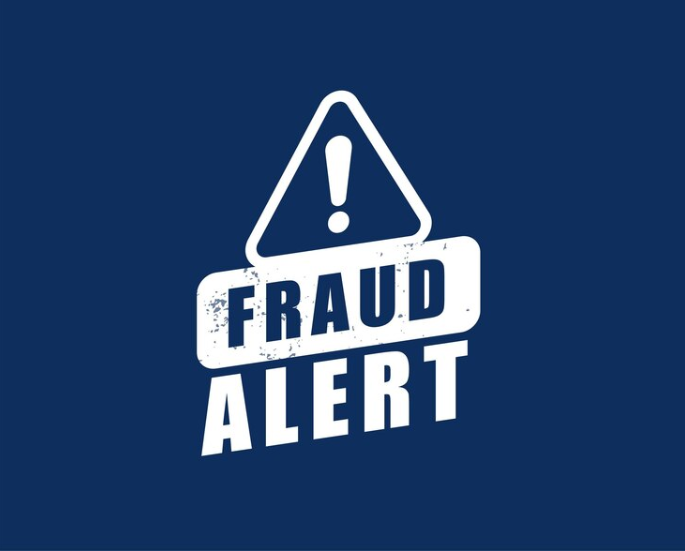In the digital age, scams and frauds have evolved with technology, often exploiting unsuspecting individuals through sophisticated methods. One such recent example is the 9300120111410471677883 USPS package scam. This article will provide an in-depth analysis of this scam, including its tactics, impact, and tips for protecting yourself from such fraudulent activities.
9300120111410471677883 USPS Package Scam
The 9300120111410471677883 USPS package scam involves an elaborate scheme where scammers use a seemingly legitimate package tracking number to deceive individuals into revealing personal information or making payments. The number 9300120111410471677883 has been flagged in connection with fraudulent activities that aim to exploit people’s trust in well-known services like the United States Postal Service (USPS).
How the Scam Operates
A. The Initial Contact
Scammers typically initiate the scam through various communication channels, such as:
- Email: Victims receive an email that appears to be from USPS, informing them of a package delivery issue or requiring additional information.
- Text Messages: Similar to emails, text messages claim there is a problem with a package delivery and ask the recipient to click a link or provide personal details.
- Phone Calls: Fraudsters might call individuals, posing as USPS representatives and using the tracking number to add credibility to their claims.
B. The Tracking Number
The number 9300120111410471677883 is used to create a sense of legitimacy. Scammers often include this number in their communications to make it seem like a real tracking number. The goal is to:
- Create a Sense of Urgency: The message often suggests that immediate action is required to avoid problems with the package.
- Encourage Clicks and Responses: Scammers use links or request replies that direct victims to phishing websites or prompt them to disclose sensitive information.
C. The Scam Tactics
Once the victim engages with the scam communication, the fraudsters employ various tactics to further their deceit:
- Phishing: Victims may be directed to a fake USPS website where they are asked to input personal information, including credit card details, social security numbers, or login credentials.
- Malware: Clicking on links might download malware onto the victim’s device, compromising their personal and financial information.
- Payment Requests: In some cases, scammers may request payment for fictitious fees or services related to the supposed package.
Also, explore
2033222305 Phone Number: Is It a Scam or Legitimate?
6463276197: Know All Details In 2024
Identifying the 9300120111410471677883 USPS Package Scam
A. Red Flags
Recognizing the signs of the scam can help individuals avoid falling victim:
- Unusual Tracking Number Format: While legitimate USPS tracking numbers are usually shorter and follow a specific format, the lengthy number 9300120111410471677883 is an immediate red flag.
- Unexpected Communication: Receiving unsolicited messages or calls about package issues, especially if you are not expecting a delivery, should raise suspicion.
- Requests for Personal Information: Legitimate USPS communications will not ask for sensitive personal details via email, text, or phone call.
B. Verifying Authenticity
To verify if a communication is legitimate:
- Contact USPS Directly: Use the official USPS website or customer service number to check the status of any packages or address concerns.
- Check Links and Email Addresses: Hover over links to see their actual destination and ensure that email addresses match official USPS domains.
Impact of the Scam
A. Financial Loss
Victims of the scam may suffer financial losses through:
- Unauthorized Charges: Credit card or bank details stolen during the scam can lead to unauthorized transactions.
- Identity Theft: Personal information collected through phishing can be used for identity theft, affecting the victim’s credit and financial stability.
B. Psychological Impact
The emotional impact of being scammed can include:
- Stress and Anxiety: The realization of having been deceived can cause significant stress and anxiety.
- Loss of Trust: Victims may become more cautious and distrustful of legitimate communications and services.
Preventing and Protecting Against USPS Package Scams
A. Educating Yourself
Awareness is key to preventing scams:
- Stay Informed: Keep up with the latest scam alerts and information provided by USPS and other consumer protection agencies.
- Learn Common Tactics: Understanding how scams operate can help you recognize suspicious activities more easily.
B. Safeguarding Personal Information
Protect your personal information by:
- Avoiding Sharing Sensitive Data: Never share personal, financial, or login information in response to unsolicited requests.
- Using Secure Websites: Ensure that websites you provide information to are secure (look for “https” in the URL).
C. Reporting Scams
If you encounter or fall victim to a scam:
- Report to Authorities: Notify the Federal Trade Commission (FTC) or your local consumer protection agency about the scam.
- Alert USPS: Report suspicious communications to USPS to help them take action and prevent further fraud.
Real-Life Examples and Case Studies
A. Case Study 1: Phishing Scheme
A victim received an email with a tracking number that appeared to be from USPS. Believing it to be genuine, they entered their personal information on a phishing website. The scammers used this information to make unauthorized charges on the victim’s credit card.
B. Case Study 2: Malware Attack
Another individual clicked on a link provided in a text message containing the number 9300120111410471677883. The link led to a malware download that compromised their device, allowing scammers to access their sensitive information.
Conclusion
The 9300120111410471677883 USPS package scam is a sophisticated attempt by fraudsters to exploit individuals by leveraging a fake tracking number. By understanding the tactics used in this scam, recognizing red flags, and taking preventative measures, individuals can protect themselves from falling victim to such fraudulent activities.
Education and vigilance are essential in combating these scams. Always verify the legitimacy of communications and report any suspicious activity to the relevant authorities. Through awareness and proactive measures, we can reduce the impact of scams and safeguard our personal and financial well-being.














